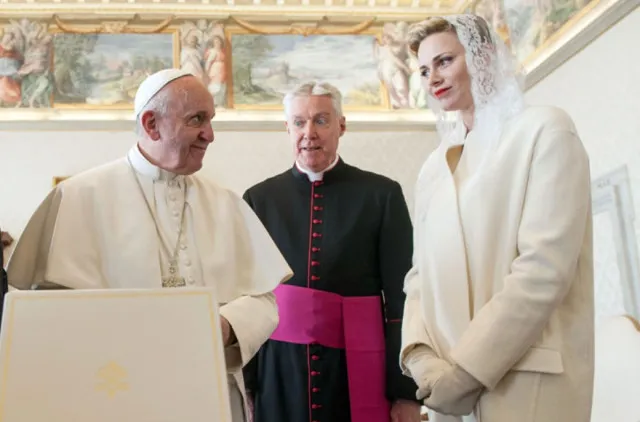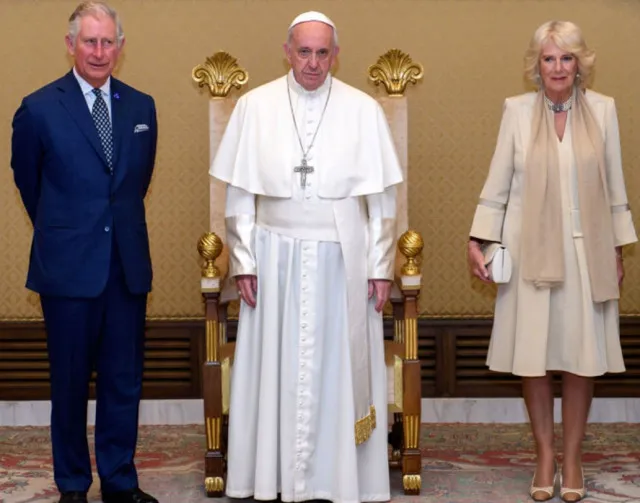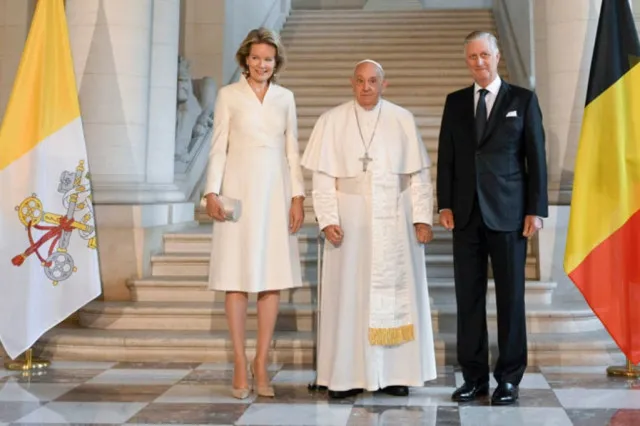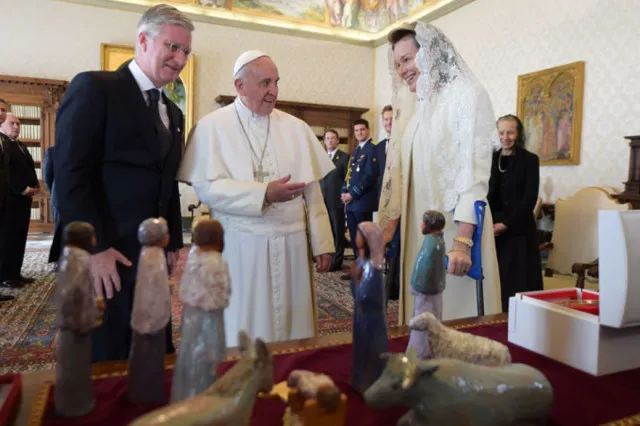The Vatican explains why only seven royal women are allowed to wear white when meeting the pope, honoring a longstanding tradition.
In the deeply ritualistic world of the Catholic Church, appearances matter, especially when it comes to audiences with the pope.
Dress codes have evolved slightly over the years. However, one rare exception remains: only seven royal women are allowed to wear white when meeting the pope.
This tradition, known as ‘le privilège du blanc’ (the privilege of the white), is a mark of distinction granted exclusively to certain Catholic female royals.
Most women must wear long black dresses with long sleeves, high necklines, and a black veil when meeting the pope.
However, a select few are permitted to wear white, a color traditionally reserved for the pontiff himself.

Reason just seven royal women are permitted to wear white when visiting the Pope
The seven women granted this unique privilege
As of now, only seven women hold this rare permission.
They are Queen Letizia and Queen Sofia of Spain, Queen Paola and Queen Mathilde of Belgium, Grand Duchess María Teresa of Luxembourg, Princess Marina of Naples, and Princess Charlene of Monaco.
Each of these women hails from a Catholic monarchy and has longstanding ties with the Vatican.
This tradition reflects faith and royalty, symbolizing respect and religious unity through the exclusive privilege of wearing white before the pope.
The origins and meaning behind Le Privilège du Blanc
Le privilège du blanc is more than a fashion statement; it’s a religious and diplomatic gesture rooted in centuries of papal etiquette.
The color white symbolizes purity, reverence, and, in this specific context, unity with the Holy See.

By allowing certain royal women to wear white, the Church acknowledges their positions as sovereigns within Catholic nations.
The privilege applies only to royals from historically Catholic monarchies who maintain a strong and visible connection to the Church.
Not all royals follow the traditional dress code
Though the rules seem clear-cut, there have been moments of deviation.
For instance, Camilla, now Queen Consort of the United Kingdom, wore a traditional black ensemble with a veil during her 2009 meeting with Pope Benedict XVI.
However, in 2017, she appeared in a pale gold outfit without headwear during a visit to Pope Francis.
While some viewed this as unconventional, the Vatican responded with leniency, noting that dress codes have become less rigid in recent years.
Pope Francis has reportedly welcomed a more relaxed approach, focusing less on appearances and more on dialogue.

The role of modesty and color restrictions at funerals
Despite evolving standards in everyday papal audiences, attire for funerals remains strict.
For example, during Pope Francis’s funeral in April 2025, royal attendees like Princess Charlene, Queen Letizia, and Queen Rania of Jordan wore somber black garments with veils.
White is strictly forbidden in such settings, and black remains the only acceptable color for women.
These modest garments require long sleeves, low hemlines, and minimal accessories to reflect mourning and humility before the Church.
Royal expert Danielle Stacey noted that black outfits are essential for royal travel, ensuring proper attire in case of a death abroad.

A new pope and the continuation of tradition
On May 8, 2025, the Catholic Church welcomed a new leader. Cardinal Robert Francis Prevost was elected pope and took the name Leo XIV.
His election was announced with the traditional Latin formula, “Habemus Papam,” as the world celebrated a new chapter in Vatican history.
Though Pope Leo XIV’s papacy has just begun, Church customs like ‘le privilège du blanc’ remain unchanged.
These seemingly minor rules visually connect history, faith, and the enduring bond between the Catholic Church and royal families.